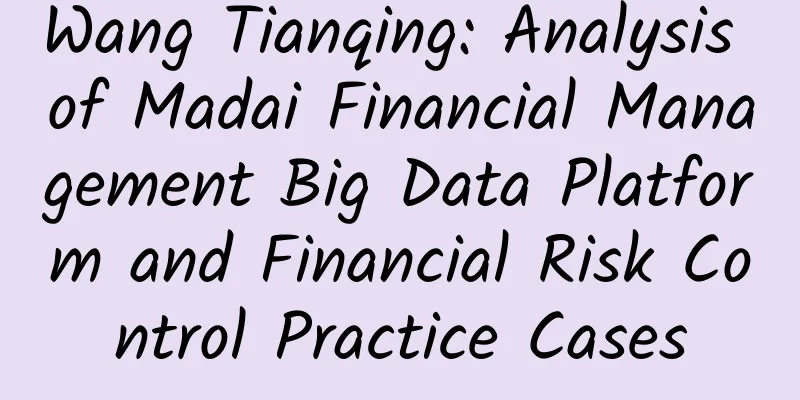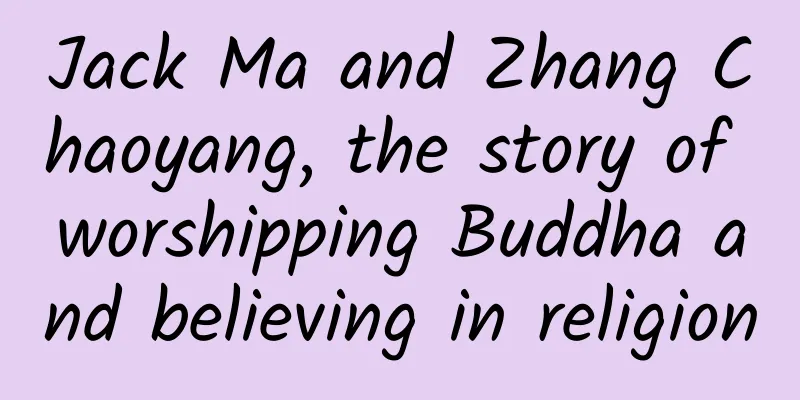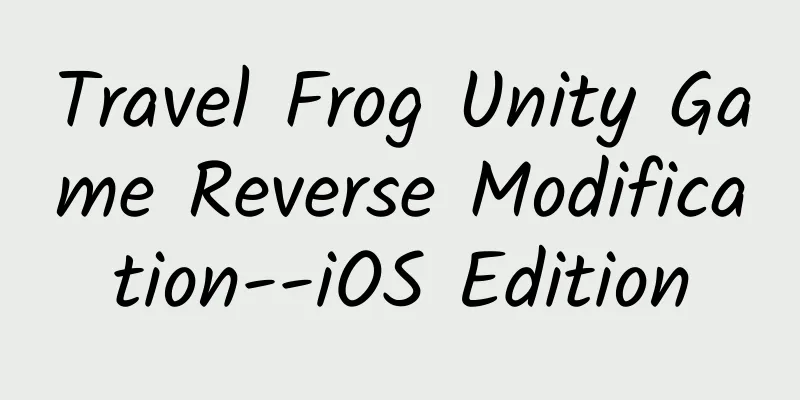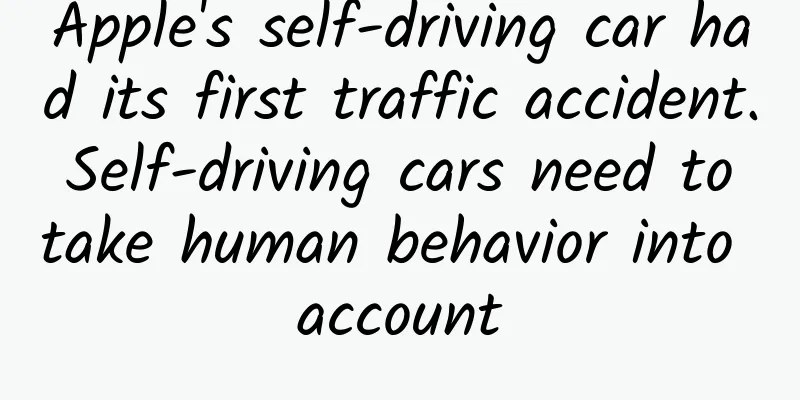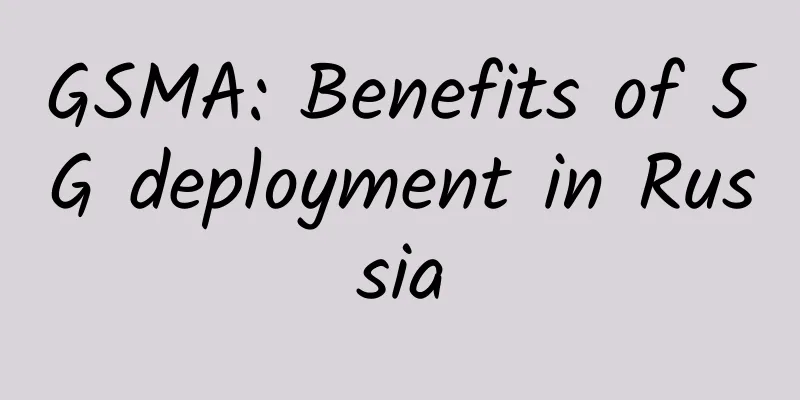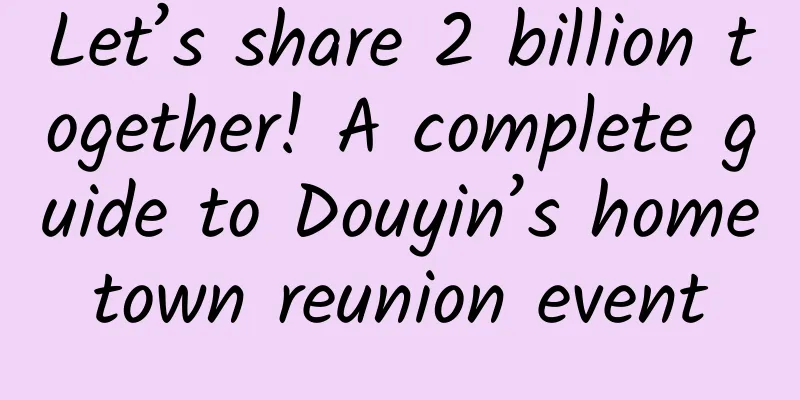Agile development is good, but don’t follow it blindly
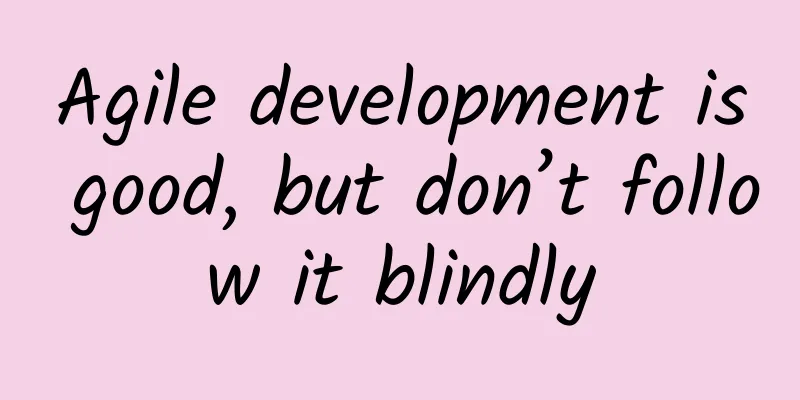
|
Many companies are falling into the trap of, “Our partners (or competitors) are adopting Agile, so we need to adopt Agile too.” Without the right reasons to make the transition to Agile, the organization will suffer. It’s that simple, there’s no point in saying more! In the 1980s and 1990s, manufacturers often visited Toyota's plants. Toyota was happy to welcome them, even though they were competitors, because Toyota understood that even if its competitors copied the company's practices, those practices would be distorted. The competitors did not copy the corporate culture that gave rise to those practices in the first place, and that was the real value. Thus, "lean" became a cargo cult in many North American manufacturing plants. However, it did not give those manufacturers what they wanted. Translator's note: Cargo cults are a form of religion, especially among some isolated and backward indigenous peoples. When cargo cultists see foreign advanced technological objects, they will worship them as gods. Now with Agile, we are seeing the story repeating itself. Just because your competitors have adopted Agile, it is not a good reason to switch to Agile and copy Agile practices! Unless you develop a culture of creating your own practices, you will only end up with a cargo cult of Agile, not a truly Agile organization. The real value lies in the fact that competitors did not copy the culture that gave rise to those practices in the first place! So what are the good reasons for agile transformation? One of the main ones is the ability to quickly adapt to a constantly changing environment. Other reasons include: flexibility, predictability, risk reduction, morale and retention, early return on investment (ROI), customer satisfaction, simplicity, etc. Think back: How did Blockbuster respond to online video, or how did the taxi industry respond to Uber and Lyft? Centrally controlled organizations struggled to adapt quickly to survive, while their competitors embraced change. Traditional (hierarchical) organizations work well when the problems they face are clear and the solutions are repeatable. Unfortunately, however, organizations that thrive under the old conditions falter when the environment changes beyond their ability to adapt. Translator's note: Blockbuster was once the largest movie rental chain in the United States, with many physical stores. It went bankrupt because it was unable to compete with online video rental companies (such as Netflix). Traditional organizations are structured for a world where innovation and change happen very slowly. Changes can take years to manifest, responses can be finely crafted, and the organization still functions well. That world is gone! If you don’t respond quickly and flexibly to change, the entire industry will be gone in just a few years. This is where the Cynefin framework comes in. Translator's note: The Cynefin framework was first proposed by Welsh scholar Dave Snowden in 1999 in the field of knowledge management and organizational strategy. This framework is used to describe problems, environments, and systems, and to explain which environment is suitable for which solution. The Cynefin framework defines five domains: Simple, Complicated, Complex, Chaotic, and Disorder. Cynefin Framework Cynefin is a method for understanding the problem domain we are in and figuring out what tools to use to respond appropriately. At first glance, Cynefin may seem daunting, but with all due respect, you will find that it is not necessarily that way. It is simply a matter of “cause and effect” and how simple or complex the relationship is in your organizational context. The Cynefin framework describes different types of causality by dividing them into five distinct regions—from simple to complex to nonexistent. The first of these five fields is "Obvious". "Obvious" (formerly "Simple"), relationships in this domain are exactly what they sound like. Cause and effect are clear. If the antecedent is X, then the effect is Y. At any stage in a process, the subsequent steps are clear. Typical examples are banking (interest calculation), insurance (premium calculation), etc. Organizations in this domain benefit from a certain level of structure to ensure that people follow the rules. Standard practices work well here. Is there a simpler example? Let's talk about expansion. You must have common sense. In an "obvious" system, we have a sponge. If you pour a little water into it, it will expand. This is the simplest cause and effect relationship. Sponge + water = a bigger sponge. That's "obvious." The next field is not so obvious. The cause-and-effect relationships in the "complex" domain are more difficult to see. It requires analysis and often expertise to discover and understand the relationships. However, once they are sorted out, "best practices" will emerge. Continuing with the growth analogy, this is like growing a plant in a pot, which is much more complicated than a sponge expanding! However, there is still a logical cause and effect relationship here. Seed + soil + water + sunlight + fertilizer = plant. In this world, these are rules of thumb (which may or may not be common sense) and best practices. It is worth noting that in the complex domain, there is a risk that we only listen to the experts. In fact, it is also crucial that we also consider environmental factors and add our own observations! The next domain is more "Complex." In this context, cause and effect are only in hindsight—you can only be wise after the fact. Given the unpredictability of this domain, we should explore, sense, and respond, rather than try to control or plan. Rather than looking for complex solutions, we should seek simple rules or heuristics that help us function well in this environment. An example of the Complex domain is trying to help our children grow. We asked them to do something (probing), and they responded in an unexpected way (perceiving). Only in retrospect did we understand why they responded that way. The next time, we made some adjustments (our response)—we changed the wording or tone based on our new understanding of them. Problems in the "complex" domain require many different perspectives to help solve them. Although they are full of challenges, they are still much easier to master than "chaotic"! In the "chaotic" domain, there is no cause and effect. A classic example is an emergency (or disaster). In these cases, our goal is to try to pull them back into the "complex" world. In the business world, chaos is uncommon, so we won't discuss it in detail. The fifth and final domain is Disorder, which refers to when causal relationships are unknown. In this state, people are most inclined to make decisions based on their comfort zone. In this day and age, businesses often operate in the "complex" domain, which means that traditional old methods are no longer effective. If an organization wants to thrive in today's new, rapidly evolving world, we cannot tolerate the existence of the genes of "simple" organizations. Therefore, we need to create organizations that can adapt (and even thrive) in a "complex" world, and help "simple" and "complex" business entities evolve towards that goal. To do this, we can create agile organizations - they are well versed in the Cynefin framework and know how to take different responses appropriately according to the different complexities of the environment, as shown in the figure below: Agile organizations can:
Transform into an agile organization because it helps your organization thrive in a "complex" world, not because your competitors are doing it. Before choosing this path, you must know that it will introduce a lot of changes, but you also need to understand that these changes will help create greater value in the long run! |
<<: Why guard statements should be avoided in Swift
>>: Let's take a look at iOS local persistent storage (focusing on the SQLite database)
Recommend
A comprehensive analysis of product operations!
If a product is produced but cannot fully reach u...
With a range of 530 km, equipped with Tencent car networking, and 1.32 times the subsidy, Trumpchi GE3 530 starts pre-sale
With the gradual decline of new energy vehicle su...
2017 Artificial Intelligence Research Report
Key points: 81% of IT companies are investing or ...
The Wheel Changes the World! Explore the Hard-core Technology Behind the Iron Dragon
Editor's note: Millions of IPs create science...
How much is the price for being a Shaoyang Automobile Mini Program agent? Shaoyang Automobile Mini Program Agent Price Inquiry
Why should you be an agent for WeChat Mini Progra...
The central bank officially announced that the "digital RMB" will soon appear and "scan" will be eliminated
Preface: In recent years, with the continuous dev...
The document save button actually has a physical version?
On August 12, 1981, International Business Machin...
Pull down to record video in the same way as WeChat
Source code introduction: This project is a high ...
3 practical methods of user fission growth!
Let me share with you how to achieve fission grow...
3 counter-common sense points in channel cooperation
Recently, I met with several newly appointed pres...
New research shows that Tyrannosaurus Rex may have a small "air conditioner" in its head
Every summer, I have to sigh that air conditionin...
The pain is no less than giving birth! It is recommended that people over 50 years old do this as soon as possible...
This article was reviewed by Wang Ruiyan, MD, ass...
Yuke Alliance · Xianyu no-source operation plan, e-commerce operation tips that you can get started with after listening to it
Yuke Alliance · Xianyu no-source operation plan, ...
Who can gain 10 million followers per month? | Short video top 100 account data report
We analyzed the 100 top accounts with the most fo...
Analyzing the hot-selling machine - the community ecology of Toutiao
As one of ByteDance's popular apps, Toutiao i...

